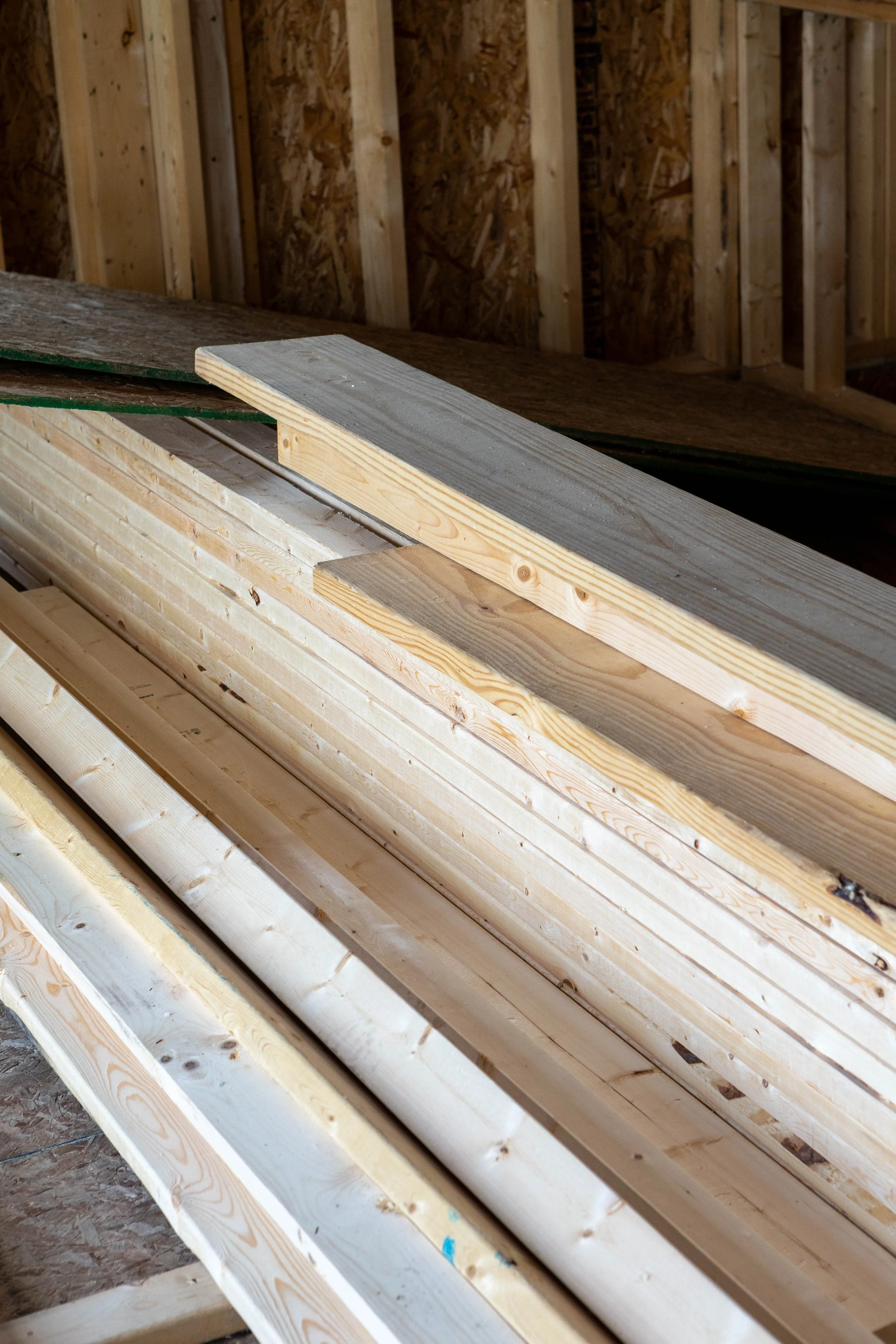Choosing the Right Lumber for Your Project
When it comes to building or renovating, selecting the right type of lumber is one of the most important decisions you can make. The right wood not only ensures your project’s durability but also affects its appearance, maintenance needs, and overall cost. At Jonesville Lumber, we carry a wide variety of lumber to meet the needs of homeowners, DIY enthusiasts, and contractors alike. Here’s a breakdown to help you choose the right material for your next project.
Treated vs. Untreated Lumber
Treated lumber is infused with chemicals that protect against rot, insects, and decay, making it ideal for outdoor projects like decks, fences, and landscaping structures. It’s durable in wet or humid conditions and can last decades with proper maintenance.
Untreated lumber, on the other hand, is perfect for indoor projects where exposure to moisture is minimal. It’s often chosen for furniture, interior framing, trim, and cabinetry. Untreated wood has a more natural appearance and can be stained or finished to match your design vision.
Key takeaway: If you’re building outdoors and want longevity without frequent replacement, treated lumber is the safe bet. For indoor projects, untreated lumber gives you flexibility and a classic wood look.
Hardwood vs. Softwood
Hardwoods come from deciduous trees like oak, maple, or cherry. They are dense, strong, and often chosen for flooring, furniture, cabinetry, and high-end trim. Hardwoods can withstand wear and tear and usually have a more striking grain pattern.
Softwoods come from coniferous trees such as pine, spruce, and fir. They are generally lighter, easier to cut, and more affordable than hardwoods. Softwoods are commonly used for framing, siding, and general construction where extreme durability isn’t required.
Key takeaway: For visible or decorative projects where aesthetics matter, hardwood is ideal. For structural or cost-conscious projects, softwood is often sufficient.
Other Considerations
Moisture content: Properly dried lumber prevents warping and cracking. Kiln-dried lumber is ideal for most indoor projects.
Grain and appearance: Choose the grain pattern that fits your project’s style. Some projects may benefit from straight, uniform boards, while others may embrace knots and natural character.
Budget: Treated lumber and hardwoods are usually more expensive, but investing in quality materials can save money in the long run by reducing repairs and replacements.
Jonesville Lumber Has You Covered
No matter your project, we can help you pick the right lumber for the job. From treated lumber for your backyard deck to premium hardwoods for furniture and interior projects, our team is here to guide you every step of the way. Stop by our store or contact us today to find the perfect wood for your project!


